By Irene Ruddock
 The artist at workI am immersed in art in all I do as art is infused in my soul. I dream of creating beautiful works of art which combine the visual arts, music, dance, painting, color and light. ~ Kyle Blumenthal
The artist at workI am immersed in art in all I do as art is infused in my soul. I dream of creating beautiful works of art which combine the visual arts, music, dance, painting, color and light. ~ Kyle Blumenthal
Kyle Blumenthal is a fine artist, juror and illustrator who specializes in painting, stage and exhibition design, video productions, murals and illustrations. She received a bachelor’s of fine arts in painting and art education from Pratt Institute and a master’s in fine arts and a master’s in painting from C. W. Post College and now holds classes at The National Art League and the Nassau County Museum of Art. Among her many achievements was being named a Mark Fellow from the New York Foundation for the Arts.
I recently visited the artist at her studio in Stony Brook where she gave me insight into her prestigious career.
What is your vision as an artist?
I create work that can uplift the viewer’s emotions while encouraging inner contemplation. My paintings encourage social change.
When did you first become interested in art?
My father was my first instructor. He was a painter and a sculptor and the president of a local art league. He taught me how to paint in oils (at the age of 5!) to sculpt and to cast my sculpture. He also was a certified public accountant for New York State. My mother was a writer, a poet and an instructor of English literature. I was brought up with great respect for the arts and to honor my passion for my art
Who is your inspiration now?
Michelangelo is my favorite artist and friend. All the artists I have studied have become my best friends. When I go to a museum, I am visiting old friends. My inspiration is always spiritual. Nature is also a big influencer in my art, as the Earth needs our help.
How do you incorporate your art with your belief system?
My paintings encourage the viewer to think about themselves and how they interact with the environment. My upcoming show at the Mill Pond Gallery in January will explore the ocean and the Earth in an abstract manner. The 3-D paintings enable light to pass through the paintings giving the subliminal message of the spiritual in life. My goal is to encourage people to care for nature and wildlife.
Are there special projects helping others that stand out?
Because I had found my childhood dog at the Little Shelter Animal and Rescue Center in Huntington, I wanted to do something to give a voice to the animals. I created an illustration for Little Shelter in the style of Norman Rockwell. The painting has been printed as posters and sold to people to encourage donations.
What is one of your many exhibits that meant a lot to you?
Hurricane Sandy devastated my studio at the Nassau County Museum of Art. I was chosen to exhibit my painting in Chelsea, New York titled “Tossed in the Storm,” which I was inspired to paint after the hurricane. The painting was also featured in a documentary about artists affected by that storm.
Tell me about your piece titled ‘American Indian Musical Vibrations Rising from the Earth’ exhibiting now at the Long Island Museum.
I created this work in honor of a colleague of mine, Professor KD Eaglefeathers, who has since passed away. I remember her large drum in her office and our conversations about the Native American language which she was working on to preserve. This painting shows musical vibrations rising from the Earth –— the water with the fish in the sea and the land above with the minerals.
What have been some of your most interesting commissions?
I did paintings of international composers and soloists at Lincoln Center that garnered critical acclaim. I completed “Tug-of-War,” in situ, a three-panel mural for the University Café at Stony Brook University. The mural, which is over 33 feet combined, was named to reflect the struggle of bringing the old world into the new world.
How did growing up at the American Ballet Theatre influence your art?
As a child, I spent many days at the American Ballet Theatre School watching my sister take classes where I developed my love and appreciation of dance. Many years later, I created video animations for the Spotlight Dance Company performed on stage at Staller Center for the Arts at Stony Brook University. The animation of my paintings and drawings were created to move with the dancer’s choreography and music because I wanted my art to be a part of the performance, not a backdrop to the performance. Along with other galleries, I exhibited at the New Gallery at the Harkness Ballet Company Studios.
What inspired your “Dreams” series?
My entire life I have been fascinated with the metaphysical world. The concept of what is real and what is illusion has always been the basis for my creations. In my “Dreams” series, I am inspired by spiritual visions that I see before I open eyes or in meditation.
What is most rewarding to you as an art educator?
I share my knowledge in the arts with students of all ages, particularly precollege and college students. I have successfully helped young artists as a coach and mentor and created the portfolio preparation program at the Nassau County Museum of Art. I am presently running the program for tweens, teens and adults at the National Art League.
What are you working on now?
I paint with oils on canvas and scrim and incorporate fabrics such as my silk scarves that are available at the Reboli Center for Art and History in Stony Brook. The combinations of transparent, translucent and opaque materials in my work reflect the ethereal and material.
Has your painting method changed over the years?
When I begin to imagine a work in my head, I see the edges as being free of stretcher strip and frames. I like to see my work float in midair. More and more of my paintings have started to come away from the wall as if to free themselves from restrictions and straight edges.
What else do you dream of doing?
Although I have painted my whole life, I feel as though I have just started. I have the same dreams today as I did as a young girl leaning to draw and paint. I dream of painting large-scale murals and having many museum exhibitions. Throughout my life, I have worked very hard to be the very best artist, instructor and person that I can be. I will continue to improve myself and to open the door for others. I can be reached at [email protected]. or www.kylesart.com.



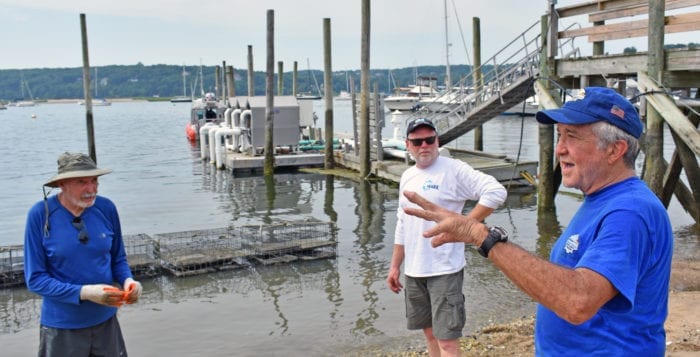


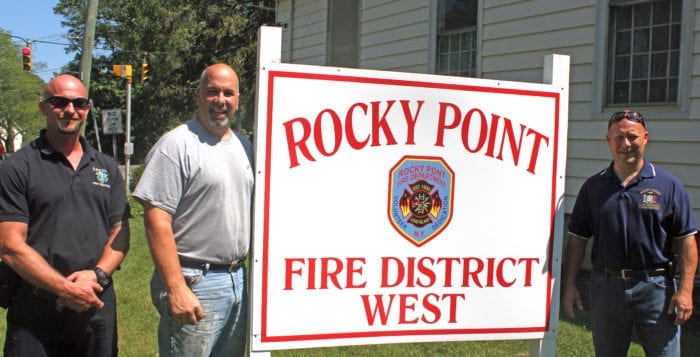
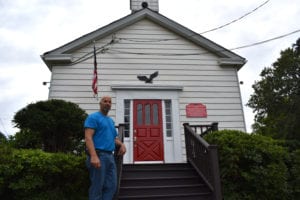




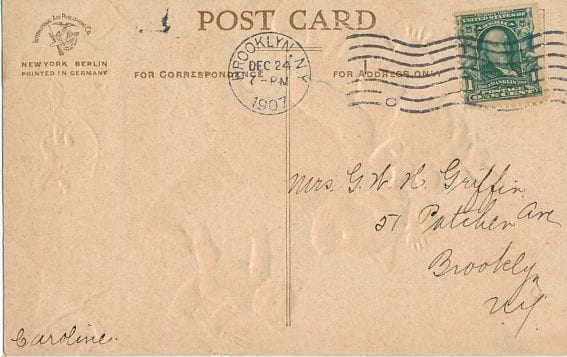








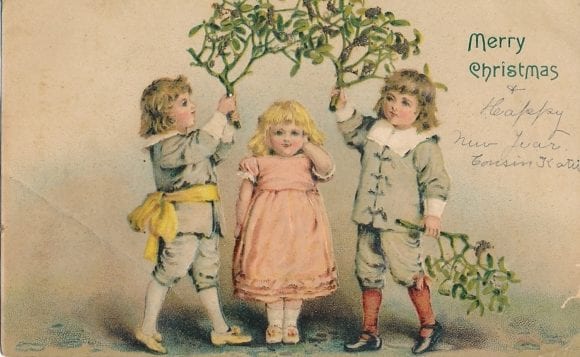













 The artist at workI am immersed in art in all I do as art is infused in my soul. I dream of creating beautiful works of art which combine the visual arts, music, dance, painting, color and light. ~ Kyle Blumenthal
The artist at workI am immersed in art in all I do as art is infused in my soul. I dream of creating beautiful works of art which combine the visual arts, music, dance, painting, color and light. ~ Kyle Blumenthal


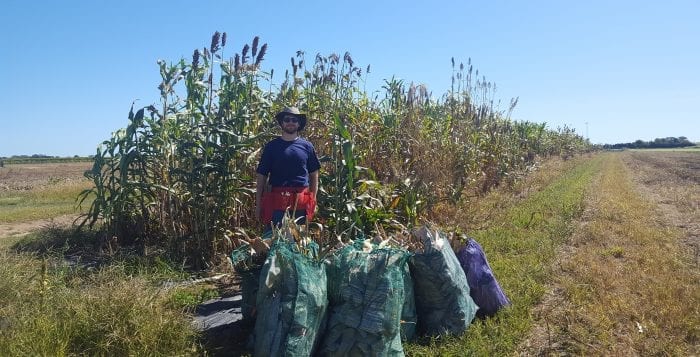

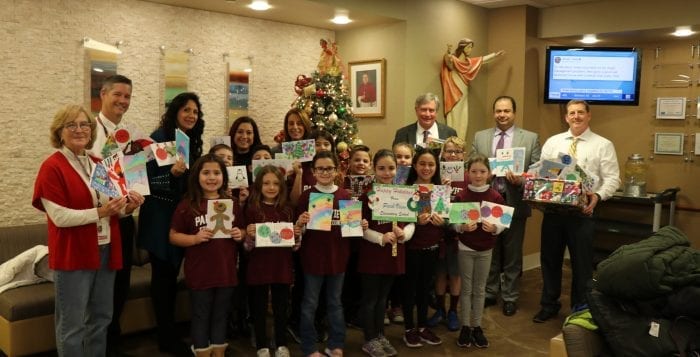
 Wozny is an art educator at Park View Elementary School in Kings Park. Inspired by the greetings cards, the teacher decided to connect with the local hospital close to the school − St. Catherine of Siena Medical Center in Smithtown. She wanted to continue the same momentum by encouraging local students to participate in the art of healing by creating special holiday greeting cards to be distributed during key holidays in December.
Wozny is an art educator at Park View Elementary School in Kings Park. Inspired by the greetings cards, the teacher decided to connect with the local hospital close to the school − St. Catherine of Siena Medical Center in Smithtown. She wanted to continue the same momentum by encouraging local students to participate in the art of healing by creating special holiday greeting cards to be distributed during key holidays in December.



